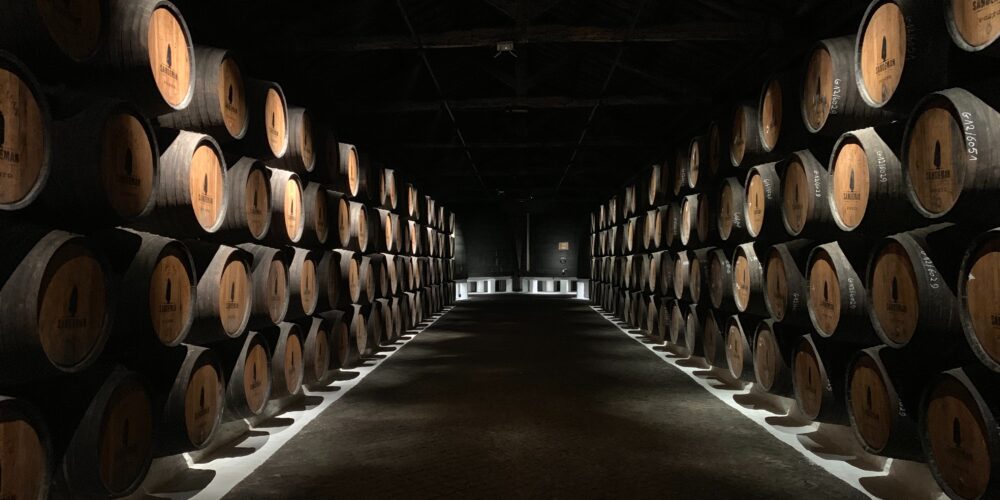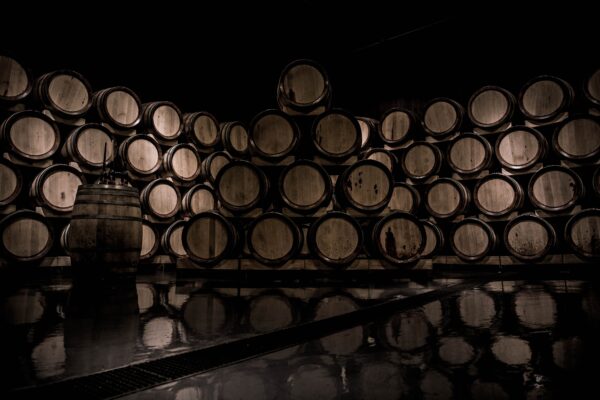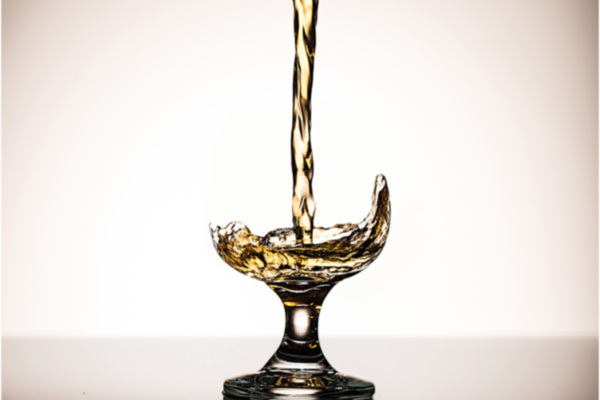Small, large, old and new barrels are all used for the technique of ageing wine in wood. After fermentation, producers can opt for this method of maturation which brings a very distinctive character to wine. So what are the effects of wood on wine? Read on to find out.
Origins of Wood Use in Winemaking
Wooden barrels are closely tied to the history of viticulture and winemaking. While it was the Romans that developed the culture of wine across Europe, the wooden barrel is said to have been invented by the Gauls who used to use it to store barley beer. Such barrels are still found today 2,000 years on.
Most wooden wine barrels are made from oak, however they can also be made from chestnut or acacia. To create their curved shape, the inside of the barrels is toasted to allow the wood to be bent into shape. It is this heating process that has an influence on the wine’s future aromas.
There are different levels of toasting, such as light toast, medium toast or heavy toast. This obviously has an effect on the finished product – the stronger the toast, the more marked the woodiness in the wine. Traditionally, heavy toasts are more often associated with the barrels used for ageing spirits, like Cognac or Armagnac.
Effects of Wood during Ageing
The average ageing time for a good red wine is 12 to 24 months. However, some wine producers specialise in this method of maturation and take things even further – it is possible to find wines that have been aged in wood for up to 50 months.
The goal of ageing wines in wood is not to bring a woody taste to the wine; wine can develop enough flavour on its own, since it is a noble product that takes on the noble characteristics of its terroir. Fermentation brings out a wine’s aromas and then the ageing works its magic, leaving its special mark, without erasing the character of the wine.
Through the wood, the wine inside the barrel is able to interact with the air outside. It therefore enjoys micro-oxygenation throughout the ageing, which in some wines brings great subtlety and finesse. Wood also brings a touch of aromatic complexity, with varying characteristics depending on the level of toast.
Purpose of Barrel Ageing
Some wines will not withstand ageing in wood. If structure or body is lacking, wood will overpower the wine, creating the impression of “oak juice”. The purpose of using wood during ageing is to bring something extra to the wine, to enhance it and allow it to develop a unique aromatic profile.
Learn more
After ageing, comes conservation. Wine is an extremely sensitive product and requires very special care once bottled. So what are the best conditions for keeping wine? Find all the answers here: Read the article



